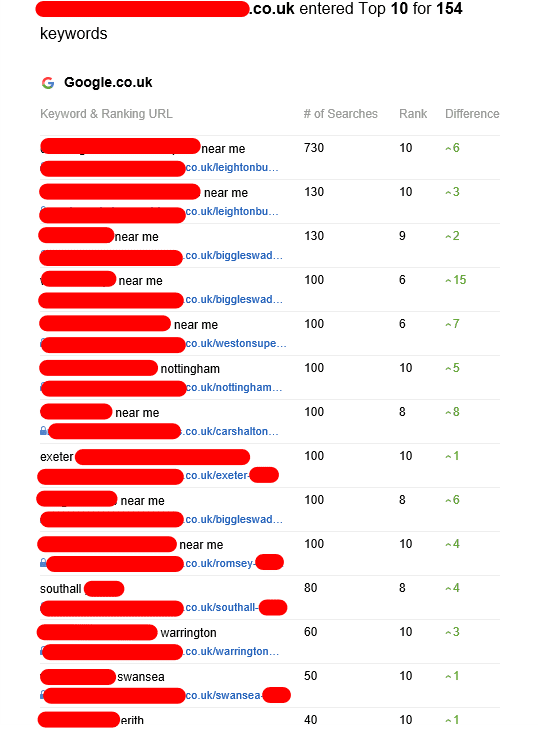Tiered Link Building
Tiered link-building is a well-known SEO strategy for building backlinks that increase your website's PageRank. It is a black-hat method that could result in an Google penalty.
First-tier backlinks are trustworthy high-quality, high-quality links that bring lots of PageRank to your website. They are usually obtained through press releases, guest posts as well as social media profiles and directories.
Tier 1
Tiered link building is a technique to increase the authority of your domain by linking to other websites with an excellent rank. This is a highly effective SEO technique known as link juice transfer. Link building tied can be accomplished by hand or with automated tools. It is important that you adhere to Google's Webmaster Guidelines if you use automated tools. If tiered linkbuilding don't, you could be in violation of the terms of service, and you could be penalized.
A first-tier backlink is an dofollow link that transfers PageRank value to the targeted website from its parent site. These links can be gotten by creating relevant content and engaging in link outreach. You want links from authoritative websites with a high authority in the domain. A first-tier link from Real Business, for example can be beneficial to your specific niche since it will give a significant amount of rank power to your website.
By linking to guest blog posts posted by more popular websites, you can boost your domain authority. This is a great method to boost your rankings because it signals that you have a solid relationship with the authority website. These links are available through social media, forums and bio profiles. You should avoid using Tier 2 backlinks that come from websites that contain spammy content.

Tier 2
Tier 2 backlinks are a fantastic method to increase the strength of your existing links. These links can help you improve your rankings on Google and bring more visitors to your website. Tier 2 backlinks are also less expensive than first-tier backlinks. However you should only create tier 2 backlinks to pages with a high domain authority. Selecting the right link building strategy will ensure that your campaign will be successful.
Quality is not as crucial for tier 2 links than for the first-tier. It is possible to use links from websites with lower authority in their domains, as long as the links don't appear spammy. This includes review websites, directories and social bookmarking sites. It also includes forum links as well as web 2.0 links. It is crucial to avoid using automated tools when creating tier 2 links, as search engines can easily flag them.
It is crucial to pick an tier-2 donor site that is well-known and is relevant to your topic. For instance, if you're writing about digital marketing agencies you must look for one that has an excellent SEO profile and an extensive online audience. Otherwise, you'll be losing your time and money. Therefore, it is best to select a donor site with a DR of between 20 and 50 percent.
Tier 3
Typically, tier 2 backlinks are used to power existing links that already have page-level power. They're also a great way to boost the authority of a brand new blog or website which requires some additional assistance in ranking on Google. However, be careful about how you make use of Tier 2 backlinks. It is not recommended to use tier 2 backlinks that direct you to the money site. Instead it is better to build them only from quality sites that have a high domain authority.
Second-tier backlinks could be a mix of dofollow and nofollow hyperlinks, and should come from trustworthy, reliable websites. This includes PBNs or article directories. They also include forum discussions and social media content and web 2.0 websites. It's important to keep in mind that you must adhere to Google's guidelines for building links on this type of site.
Tier 3 backlinks are considered to be the low-quality links in your tiered link-building strategy. They're often nofollow and don't have much link equity. However, they can boost the authority of your website's domain. This can help it rank higher in search engine results, which can bring more sales and traffic.
Many SEO practitioners are now using tier-based link building, however, there are risks. In fact, it can be viewed as a gray-hat SEO method that is in violation of Google's guidelines and could result in penalties. It may be effective in certain cases, but it's important that you do your research to find the best strategy for your business.
Risks
Tiered link building is a controversial approach that can be harmful to your site's SEO. Tiered links can only be effective when they are the only option for boosting your backlink profile and you have the resources to accomplish this. Otherwise you could end up infringing Google's algorithm and risking a penalty.
Tier links can be dangerous particularly when they are used in a black-hat method. These are usually linked-based schemes that are short-lived. In the end, either Google will discover the scheme or you'll simply get tired of doing maintenance on your fake backlinks and the whole thing will go down.
The possibility that tiered links may hurt your rankings by distributing too the link juice is another issue. Your score will decrease if you get too many links from websites with poor quality. This happens when companies employ automated tools to build excessive links.
In addition, tiered links can be difficult to track and monitor. It is crucial to use a tool which lets you see all links in your backlink profile, so you can monitor their performance. It's easy to overlook some links and not realize their worth. There are numerous ways to create backlinks that are legal and will provide long-lasting benefits.
